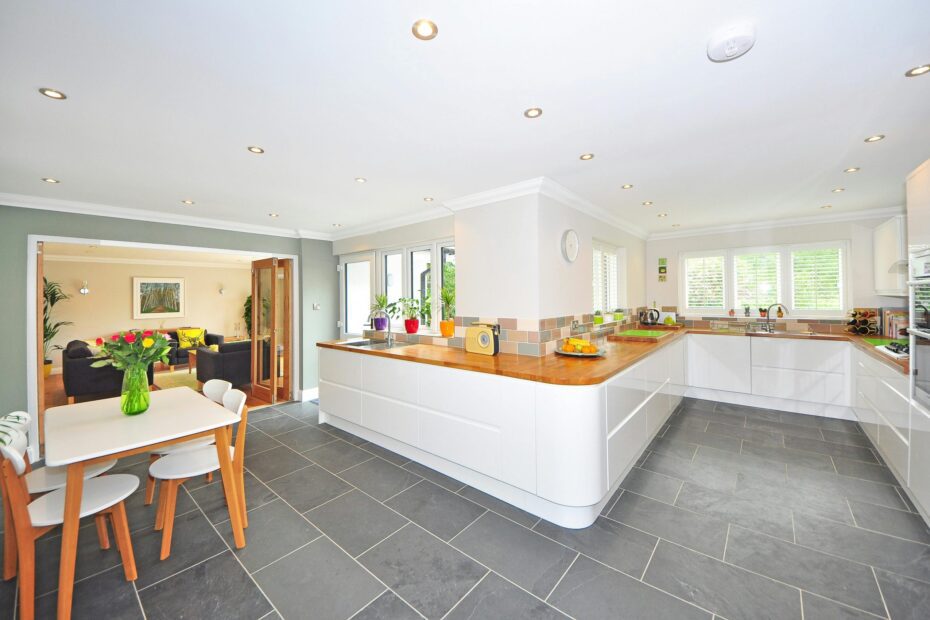Introduction
In today’s world, the accelerating focus on energy conservation and ecological sustainability is causing a significant shift in the way we view energy consumption. This shift is especially noticeable in the Heating, Ventilation, and Air Conditioning (HVAC) industry, which plays a key role in the energy consumption of residential and commercial buildings. As HVAC systems consume a significant amount of energy, selecting energy-efficient options can contribute to a substantial reduction in energy costs and carbon footprint. Hence, this article is designed to shed light on choosing energy-efficient HVAC options.
Understanding Energy-Efficient HVAC Systems
An energy-efficient HVAC system is designed and engineered to utilize less energy while offering the same level of indoor comfort and air quality as its less-efficient counterparts. They reduce the amount of energy waste, which is a common occurrence in traditional HVAC systems, thereby leading to a significant reduction in energy bills. The efficiency of HVAC systems is often measured by the Seasonal Energy Efficiency Ratio (SEER) or Energy Efficiency Ratio (EER). Higher SEER and EER ratings denote more energy-efficient systems.
Consider Energy Star Ratings
Energy Star is a program established by the Environmental Protection Agency (EPA) to help businesses and individuals save money by prioritizing energy-efficient products. HVAC systems with an Energy Star rating have satisfied stringent energy efficiency guidelines established by the EPA and the U.S. Department of Energy. Thus, a crucial step in choosing an energy-efficient HVAC system is to look for the Energy Star certification.
Weighing the Initial Costs with Long-Term Savings
While energy-efficient HVAC systems can be more expensive than conventional ones, it’s essential to weigh the initial cost against potential long-term savings. Although the upfront cost may be higher, the savings on energy bills over the lifespan of the system can offset the initial investment. Additionally, energy-efficient systems are engineered to last longer, which translates into less frequent replacement costs.
Opting for Programmable Thermostats
A programmable thermostat offers significant savings by regulating temperature according to a series of pre-determined settings. This means that you can adjust the temperature for different times of the day, ensuring that your HVAC system is not consuming unnecessary energy when the building is unoccupied or when everyone is asleep.
Paying Attention to System Sizing
When it comes to HVAC systems, bigger is not necessarily better. An oversized HVAC system will cycle on and off frequently, leading to increased energy use and wear and tear. Conversely, an undersized system will have to work harder to maintain comfort, leading to increased energy costs. Therefore, it’s crucial to get a professional load calculation to determine the appropriate unit size for your space.
Maintenance and Upgradation
Regular maintenance can extend the lifespan and maintain the efficiency of an HVAC system. Proper maintenance involves regular filter changes, cleaning, and other routine activities designed to preserve system efficiency. Over time, consider upgrading to a more energy-efficient model if your current system is ten years old or older.
Conclusion
Choosing an energy-efficient HVAC system has numerous benefits ranging from lowering energy costs to reducing carbon footprint. Keeping factors like Energy Star rating, initial costs versus long-term savings, the utility of programmable thermostats, appropriate system sizing, and the importance of maintenance in mind can help to make informed choices. Remember, an energy-efficient HVAC system is not just an investment in your comfort, but it’s a significant step towards energy conservation and sustainability.
